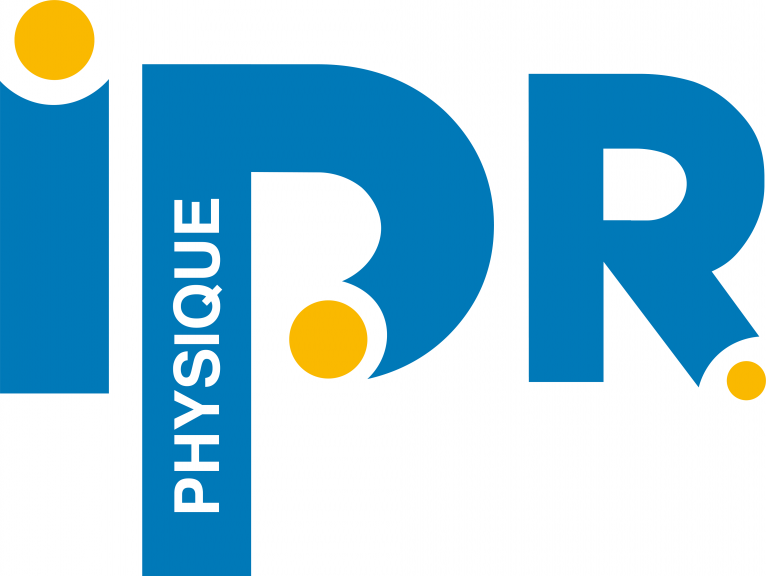Consequences of membrane aging on real or misleading evaluation of membrane cleaning by flux measurements
Résumé
Skim milk ultrafiltration is worldwide used in dairy. Its management at industrial scale is based on the permeate flux mastering, the first bottleneck, and consequently on the nature of the overall fouling which is not yet fully understood with respect to the membrane lifespan. The second bottleneck is the mastering and control of the cleaning efficiency aiming at the full removal of the initial irreversible fouling mainly made of proteins. In this study, we have deliberately chemically aged several spiral wound membrane elements by filtering NaOCl solution (400 ppm in total free chlorine at pH 8.0 and 50 °C) up to a cumulative chlorine dose of 2,800 ppm.d. The critical/threshold and limiting fluxes have been proven to increase with the membrane ageing together with a decrease in their related transmembrane pressure. This suggest that, at industrial scale, UF might be managed with respect to the chlorine dose received by the membrane during its service life. SEM and Raman spectroscopy have been used to localise the initial irreversible fouling whereas ATR-FTIR was the tool to quantify proteins on membrane. Membrane cleaning was achieved by a non-oxidative alkaline detergent removing the hereafter called “removable fouling” whereas a “residual fouling” remained on/in the membrane. However, the following NaOCl treatment (achieved for disinfection purpose at industrial scale) also acts both as cleaner (polishing the alkaline step by removing part of the residual fouling) and as degradation agent toward the membrane. Unambiguously NaOCl induced a significant decrease in the membrane intrinsic hydraulic resistance associated with an increase of the irreversible fouling, either initial or residual, build during the following skim milk UF. This paper shows how degradation and fouling can transiently compensate each other and lead to the impression of an initial water flux recovery. This phenomenon can lead to misinterpretation of the membrane cleanliness in the specific case of aged membranes. Indeed, for a received chlorine dose close to 400 ppm.d at pH = 8.0, an irreversible residual fouling can remain, strongly anchored in/on the membrane with a water flux recovery after cleaning only 15% less than that of the pristine membrane. This residual fouling favours the rapid build-up of more and more irreversible fouling during the next skim milk filtration steps. However, with respect to the accuracy on flux measurement, the amplitude of the problem will be underestimated, preventing from getting rid of the first and crucial accumulated layers and consequently leading to an irreversible accelerated degrading process. Relationships have been found between the received chlorine dose and the aged membrane resistance and the residual irreversible fouling that could be used for management at industrial scale.
Fichier principal
 Rabiller-Baudry et al. - 2020 - CONSEQUENCES OF MEMBRANE AGEING ON REAL OR MISLEAD.pdf (1.53 Mo)
Télécharger le fichier
Rabiller-Baudry et al. - 2020 - CONSEQUENCES OF MEMBRANE AGEING ON REAL OR MISLEAD.pdf (1.53 Mo)
Télécharger le fichier
Origine : Fichiers produits par l'(les) auteur(s)
